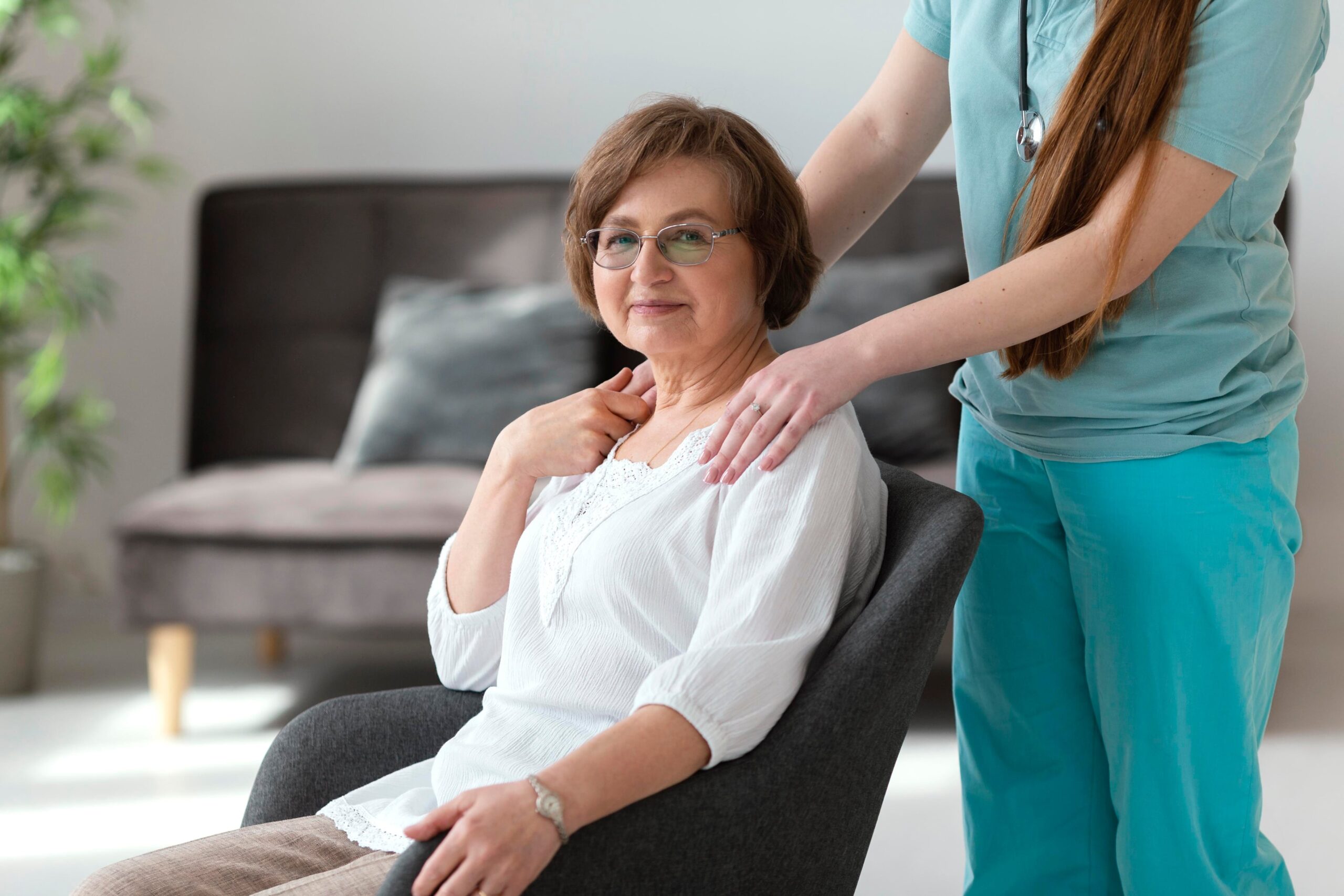Benefits
Exercise is important at any age, but it becomes even more vital for elderly people looking to remain fit, mobile and independent. Regular exercise can help prevent a number of health issues that are prevalent in later life, such as high cholesterol, blocked arteries, osteoporosis.
So, not only can exercising help elderly people avoid suffering a heart attack, stroke, and other ailments, but also increase strength, muscles, tendons, bones, and ligaments, which in turn lowers the risks of injury from things like falling.
Safety
Its more than likely that an elderly person isn’t on top of their fitness, which makes perfect sense given their age, physical condition and lifestyle (many spend several hours a week sitting), but thankfully it’s never too late to start.
Before embarking on any form of exercise however, it’s important that individual takes the necessary safety precautions.
Start slow – For elderly adults that haven’t exercised in some time, it’s always best to start slowly and then gradually increase the level as they go.
Consult Your Doctor – Any elderly individual that is high risk for chronic disease (e.g. diabetes) or other medical issues should always check with a doctor before starting to exercise to ensure its safe for them. Those that have undergone hip replacement surgery should definitely consult a physician.
Also, be sure to stop exercising should any of the following effects appear:
- Pains/pressure in the chest, shoulder, arm or neck
- Feelings of dizziness or nausea
- Muscle cramps
- Pain in joints
Types of Exercise
Cardio
An activity that increases the overall heart rate counts as a form of cardio, and this can go a long way to increase aerobic endurance. The effects of this are incredible, and just a six-week program of regular cardio will make walking, exercising, and just day-to-day activities so much easier.
Even ten minutes of cardio each day makes all the difference!
Great cardio activities include:
- Dancing (ballroom, line dancing, etc.)
- Brisk walking
- Water aerobics
- Mowing the lawn
- Cycling
Strength
Strength training offers a number benefits to the muscles that helps to build mass, improve balance and increase strength, making tasks such as getting up, carrying groceries, climbing stairs far less strenuous.
Performing strength exercises twice a week is more than enough, with some suitable activities including:
- Weight training (e.g. lifting light dumbbells)
- Sit to stand
- Chair dips
- Wall press
Balance
One of the biggest causes of injuries in older Americans is from falling. This can be a big risk because even the seemingly small injuries can lead to serious consequences for personal health and well-being.
Keeping a good balance in your old age will make day-to-day activities such as waking, cooking, cleaning, shopping, bathing etc. a lot easier as well as helping to lower the risk of accidental falls.
Activities to improve balance include:
- Tai chi
- Yoga
Flexibility
Stretching to reach objects around the home can feel much more difficult in old age due to decreased flexibility. Likewise, everyday tasks such as getting ready can feel incredibly difficult.
Stretches are a massive help for improving flexibility at any age, making it highly recommendable for elderly individuals that are struggle with this.
Even the most basic stretches can make all the difference over time, so be sure to incorporate these into the daily routine. Always stop stretching should it be too painful however.
